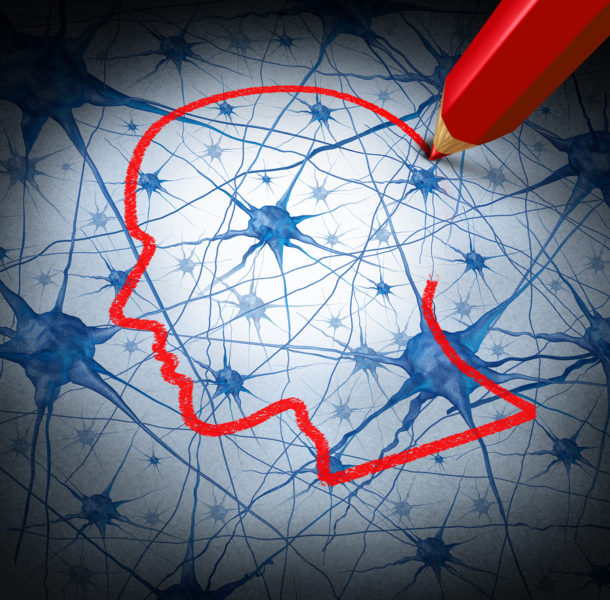Why do we Light It Up Blue? For years, prevalence data in the field of autism held that the condition primarily affects boys, by ratios described as four or five to one generally and up to 10-1 among those without intellectual handicaps.
Indeed, in the early days of identifying autism and Asperger’s Syndrome, autism was described as “an extreme form of maleness.” Active British psychologist Simon Baron-Cohen theorizes that autism may be caused in part by exposure to high levels of testosterone in the womb. Although no one has definitively identified autism’s roots, there has been a general consensus that boys require a smaller amount of exposure to whatever the cause than girls do to inspire a diagnosis.
Symptoms are more subtle in girls
The result is that in the world of autism, girls often get lost in the shuffle. Diagnostic criteria for autism are disproportionately based on characteristics in boys, potentially revealing a point of bias between diagnosing the two sexes. Not surprisingly, it takes longer to diagnose girls, even compared to boys with the same severity of autism.
Autism symptoms may be subtler in girls than in boys, and girls may be more adept at masking them than boys. Research suggests that girls are able to study people and their behavior, and learn social rules through observation more easily than boys, thereby camouflaging their autism because they mimic socially acceptable interactions.
Researcher Somer Bishop of UCSF describes an encounter with a seemingly well-socialized girl who shook her hand, complimented her outfit and answered her questions. It wasn’t until a second encounter when the conversation was repeated nearly word-for-word, that Dr. Bishop realized the girl had simply practiced a set of neurotypical responses. The result may be that many autistic girls fly under the clinical radar.
Viewing autism through a male prism
Indeed, a 2014 study found “higher functioning” autistic girls tend to have fewer social impairments than boys do—just as neurotypical girls tend to be better socialized than neurotypical boys. Indeed, neurological testing has found that the brains of females with autism tend to look like those of typically developing males of the same age, with reduced activity in regions of the brain normally associated with socialization.
It’s clear now why we Light It Up Blue, and regardless of the complicated history of autism diagnoses, the tradition is worthwhile. However, viewing autism through a male prism has complicated the diagnostic process for girls and resulted in misdiagnosis and underdiagnosis. By definition, no one knows the exact scope of the issue, but it does call into question the long-held wisdom that autistic boys outnumber girls by four or five to one. The reality is that the ratio is likely much closer to 2:1 or an even 1:1, but because girls are often diagnosed with eating disorders or anxiety disorders when the root cause is actually autism, we see diagnostic numbers skew towards boys.
Why is this significant? Among the challenges facing individuals with autism is naivete about people being dishonest with them and difficulty recognizing social cues, often leading women with autism into abusive and dangerous situations. Almost every autistic woman I have interviewed has shared a story of finding herself in a compromised position, often with a traumatic outcome. Misdiagnosing girls with autism means we fail to teach them the social skills they need to navigate the world.
Some in the autism community suggest that clinicians apply sex-specific norms when diagnosing autism, to better define what autism looks like in girls. While we certainly should Light It Up Blue this month, it is pretty clear that much more distaff-focused research needs to be done, and clinicians need to be on the alert for subtle signs of the condition in girls.
Further reading on issues shaping autism services can be found in my book, Autism Matters: Empowering Investors, Providers, and the Autism Community to Advance Autism Services









